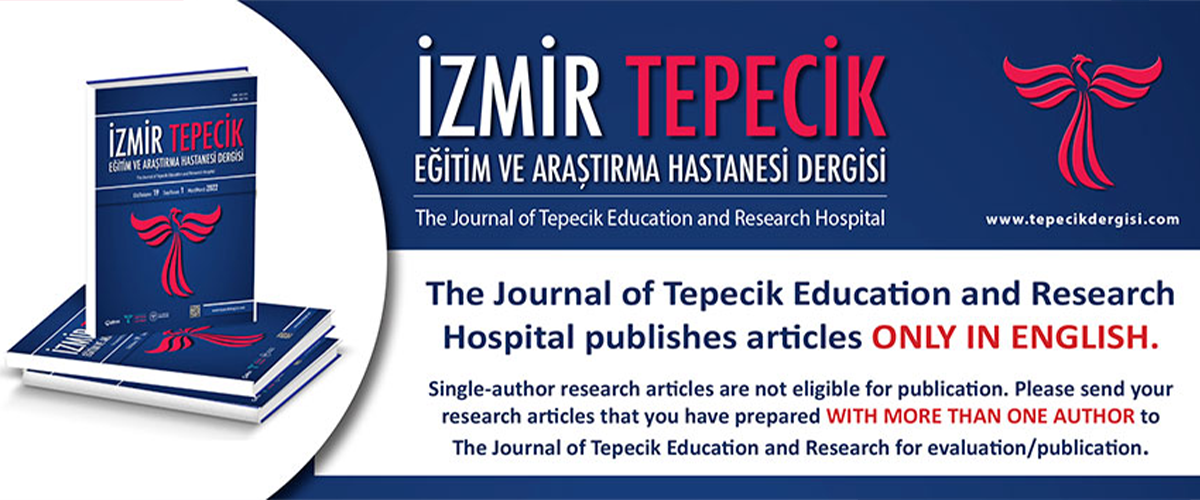








Investigation of Breast Cancer Cells and Phospholipid Cell Membrane Interactions
Ahu Arslan YıldızDepartment Of Bioengineering, Izmir Institute Of Technology (ıztech), 35430, Izmir,turkeyINTRODUCTION: Circulating tumor cells have an important role in metastasis. Metastasis occurs through few steps including arrival of circulating tumor cells to distant tissue and organs, attachment to the target tissue, and then formation of a new tumor. To understand the mechanism of this process it is necessary to investigate the interaction of cancer cells with other molecules and cells of the target tissue, and most importantly interaction with lipids forming the cellular membrane.
METHODS: To better understand the process of cancer cell adhesion onto lipid membranes and the ionic interactions that are involved in cell attachment, tethered bilayer lipid membrane (tBLM) functionalized surfaces were utilized in this work as an experimental platform. Either cationic POEPC: PC or anionic POPS: PC functionalized lipid surfaces were examined to observe the ionic interaction of charged phospholipid membrane and MDA-MB-231 breast cancer cells.
RESULTS: Cell adhesion and spreading was observed via SPR for both MDA-MB-231 breast cancer cells and NIH-3T3 mouse fibroblast cells, when positively charged POEPC: PC lipid surfaces were used. The results were further confirmed with cell viability and proliferation studies that shows cationic POEPC: PC lipid surfaces were able to facilitate and increase the cell adhesion.
DISCUSSION AND CONCLUSION: These results reveal the cationic phospholipid structures favour the enhanced cancer cell adhesion.
Meme Kanseri Hücrelerinin Fosfolipit Hücre Zarı ile Etkileşimlerinin İncelenmesi
Ahu Arslan YıldızBiyomühendislik Bölümü, İzmir Yüksek Teknoloji Enstitüsü (i̇yte), 35430, İzmir, TürkiyeGİRİŞ ve AMAÇ: Dolaşımdaki kanser hücrelerinin metastaz oluşmasındaki rolleri önemlidir. Metastaz kanser hücrelerinin diğer organ ve dokulara ulaşması, ve sonrasında hedef dokuya tutunması sonucunda yeni bir tümör oluşumunun başlaması ile gerçekleşir. Bu mekanizmanın çözümlenebilmesi için kanser hücrelerinin hedef dokudaki diğer moleküllerle, hücrelerle ve en önemlisi hücre zarını oluşturan lipitlerle etkileşiminin incelenmesi gerekmektedir.
YÖNTEM ve GEREÇLER: Bu çalışmada, kanser hücrelerinin fosfolipit hücre zarına tutunma sürecini ve hücre tutunmasına etki eden iyonik etkileşimleri daha iyi anlayabilmek için yüzeye tutturulmuş katmanlı lipit membranlar (tBLM) ile fonksiyonlandırılmış yüzeyler deneysel platform olarak kullanılmıştır. Katyonik POEPC: PC veya anyonik POPS: PC ile fonksiyonlanmış lipit yüzeyler, fosfolipit hücre zarı ve MDA-MB-231 meme kanseri hücreleri arasındaki iyonik etkileşimi gözlemlemek için incelendi.
BULGULAR: Yüzey Plazmonu Rezonansı (SPR) ile yapılan incelemelerde MDA-MB-231 meme kanseri hücrelerinin ve NIH-3T3 fare fibroblast hücrelerinin pozitif yüklü POEPC: PC lipit yüzeylere tutunduğu ve yayıldığı gözlemlendi. Bu sonuçlar ayrıca hücre canlılığı ve hücre büyümesi analizleri ile doğrulanarak katyonik POEPC: PC lipit yüzeylerinin hücre tutunması prosesini hızlandırdığı ve artışa sebep olur yönde etkilediği gözlemlendi.
TARTIŞMA ve SONUÇ: Elde edilen sonuçlar katyonik fosfolipit yapının fazla olduğu hücre zarının kanser hücrelerinin tutunmasını kolaylaştırdığını kanıtlamaktadır.
Corresponding Author: Ahu Arslan Yıldız, Türkiye
Manuscript Language: English
(891 downloaded)




